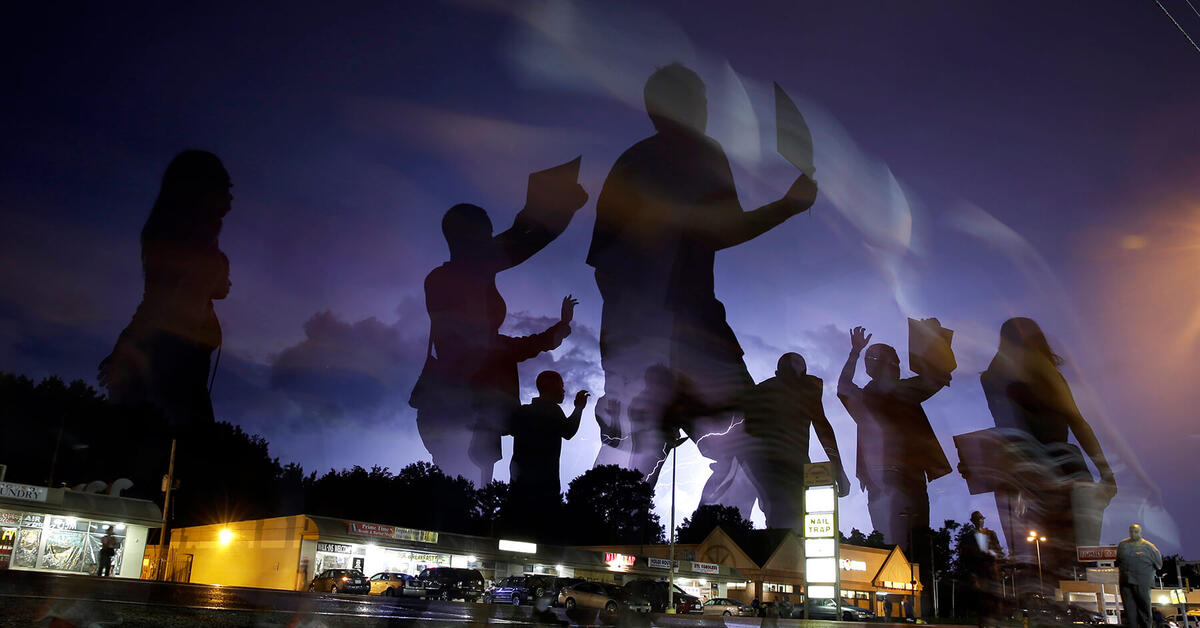45, 1619, 1776, 2020
This week, the President of the United States decided to ban diversity training for the Federal workforce, Uniformed Services, and Federal contractors. This, of course, comes on the heels of his remarks calling the 1619 Project and critical race theory “toxic propaganda.”
“Our children are instructed from propaganda tracts, like those of Howard Zinn, that try to make students ashamed of their own history.” — Donald J. Trump
In that statement, the White House indicated that, as an alternative to the “propaganda tracts” currently used, it would push for “a pro-American curriculum that celebrates the truth about our nation’s great history.” To put this into effect, the Trump administration has assembled the 1776 Commission.
The President, it seems, understands history in the singular: a single story, a single thread that leads from 1776 to the present.
However, one of the keys to Culturally Responsive Teaching (CRT) is building a connection between our school curricula and the “cultures, languages, and life experiences” of our students.
What are we to do when our students’ experiences and histories are at odds with the singular, pro-American narrative?
On the same day that Mr. Trump issued his “Executive Order on Combating Race and Sex Stereotyping,” Scott Griggs, the executive director of the Independent Schools Association of the Southwest (ISAS), sent an email to the heads of school in his association. The email contained board-approved language for a new “Commitment to Equity and Justice.”
The new commitment names systemic racism as one of the problems plaguing the country and calls on ISAS member schools to build “a more just and equitable association and society.” Moreover, the statement offers full-throated support for ISAS schools “modeling best practices in antiracist and culturally responsive teaching and learning while educating students who will become future agents of change.”
The statement, quite appropriately, sits just below the organization's mission statement, second in the "About ISAS" menu on their website.
I was encouraged to see this statement. It appears that Scott Griggs and the ISAS understand that history is not a single story, that the American experience is not a single experience, that good teaching is grounded in inquiry and truth-seeking, hoping to understand issues and ideas from as many angles as possible.
This means that our perspectives—all of our perspectives—may be challenged. Sometimes these challenges will rob us of our comfort. But we grow when we are challenged.
Sometimes, education isn’t comfortable.
This Week on ROOTED

From Around the Web
This week’s stories aren’t really from around the web so much as they are from around The Atlantic, at least three of the six links. This was not intentional. When I was looking for stories to pair with a theme of teaching about race and ethnicity, The Atlantic just had quite a few engaging options!
On a more practical note, I hope you’ll find the items from the Anti-Defamation League and Teaching Tolerance helpful.
The first link below, however, was my favorite piece this week. In “This is the Story We Need Right Now,” Roy Peter Clark looks at a piece of journalism written by college freshman Mary Claire Malloy. Clark does two very important things with it:
- He shows that rhetorical analysis can be engaging. AP Lang teachers: check it out!
- He interviews the young writer and learns about her process.
I really enjoyed it and plan on using it in classes. Many thanks to my friend Will for sharing it with me!




/media/img/mt/2020/09/image0_4/original.png)

Favorite Tweet This Week
Hollywood could make a feature film out of this harrowing story:
I had to teach my Introduction to Psychology class today to 300+ students from my cell phone while I was trapped in my apartment building elevator with my two young kids.
— Jay Van Bavel (@jayvanbavel) September 24, 2020
This has to go down as my most surreal and stressful teaching experience.





Comments